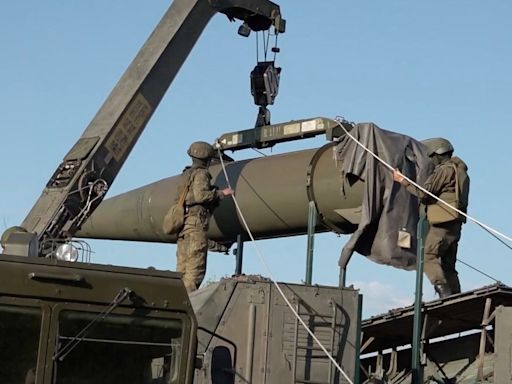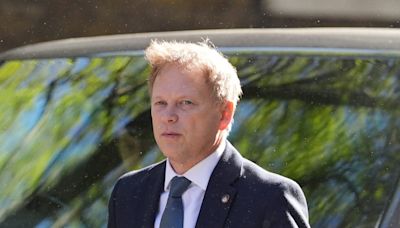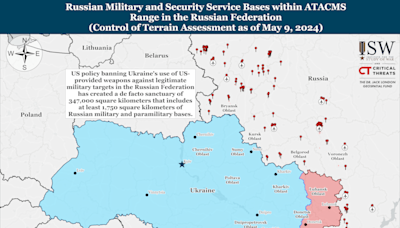Search results
Moscow is the capital and largest city of Russia. The city stands on the Moskva River in Central Russia, with a population estimated at over 13 million residents within the city limits, over 18.8 million residents in the urban area, and over 21.5 million residents in its metropolitan area.
- 2,561.5 km² (989.0 sq mi)
- 156 m (512 ft)
- Muscovite
- Russia
- Overview
- Character of the city
Moscow, city, capital of Russia, located in the far western part of the country. Since it was first mentioned in the chronicles of 1147, Moscow has played a vital role in Russian history. It became the capital of Muscovy (the Grand Principality of Moscow) in the late 13th century; hence, the people of Moscow are known as Muscovites. Today Moscow is not only the political centre of Russia but also the country’s most populous city and its industrial, cultural, scientific, and educational capital. For more than 600 years Moscow also has been the spiritual centre of the Russian Orthodox Church.
The capital of the Union of Soviet Socialist Republics (U.S.S.R.) until the union dissolved in 1991, Moscow attracted world attention as a centre of communist power; indeed, the name of the seat of the former Soviet government and the successor Russian government, the Kremlin (Russian: Kreml), was a synonym for Soviet authority. The dissolution of the U.S.S.R. brought tremendous economic and political change, along with a significant concentration of Russia’s wealth, into Moscow. Area 414 square miles (1,035 square km). Pop. (2010) city, 11,738,547; (2020 est.) city, 12,678,079.
If St. Petersburg is Russia’s “window on Europe,” Moscow is Russia’s heart. It is an upbeat, vibrant, and sometimes wearisome city. Much of Moscow was reconstructed after it was occupied by the French under Napoleon I in 1812 and almost entirely destroyed by fire. Moscow has not stopped being refurbished and modernized and continues to experience rapid social change. Russia’s Soviet past collides with its capitalist present everywhere in the country, but nowhere is this contrast more visible than in Moscow. Vladimir Ilich Lenin’s Mausoleum remains intact, as do many dreary five-story apartment buildings from the era of Nikita Khrushchev’s rule (the mid-1950s to the mid-1960s), yet glitzy automobiles and Western-style supermarkets, casinos, and nightclubs are equally visible. Many Orthodox churches, as well as some synagogues and mosques, have been restored, Moscow’s novel theatres have reclaimed leadership in the dramatic arts, and traditional markets have been revived and expanded. These markets, which under the Soviets were known as kolkhoz (collective-farm) markets and sold mainly crafts and produce, are now more sophisticated retail establishments.
It has become habitual to compare Moscow with St. Petersburg, its rival and the former (1712–1918) capital of Russia. While St. Petersburg has absorbed western European influences, Moscow is viewed as a traditional Russian city. Unlike its rival, Moscow has a well-defined city centre marked by the Kremlin. Other characteristics of Moscow are its physical layout in radial spokes and rings that have been extended over time, its hodgepodge of architectural styles, and its historical buildings that were mainly built by Russian architects. Moscow’s buildings were predominantly wooden until the 1920s, when brick and stone came into use.
Britannica Quiz
World Cities
- Marvel at the Size of the Kremlin. Moscow's most recognizable structure is without a doubt the Kremlin, a 15th-century fortified complex that covers an area of 275,000 square meters surrounded by walls built in the 1400s.
- Catch a Performance at the Bolshoi Theatre. The Bolshoi Theater is home to the largest and one of the oldest ballet and opera companies in the world. While the theater has undergone several major renovations over the past century-including a recent one in 2011 to restore some of the imperial architectural details-it still retains all of its Neoclassical grandeur.
- Shop at the Luxurious GUM. Moscow's oldest and most upscale shopping center is an architectural marvel. GUM (short for Glávnyj Universálnyj Magazín or "Main Universal Store") was built in the late 1800s in neo-Russian style to showcase a beautiful mix of a steel skeleton and 20,000 panels of glass forming an arched roof.
- Make Your Way Into Lenin's Mausoleum. Lenin's Mausoleum, the final resting place of Soviet leader Vladimir Lenin, occupies a central spot in Red Square.
Explore Moscow's artistry, history and majesty with Lonely Planet's expert tips and recommendations. Find attractions, articles, activities and guidebooks for your Moscow trip.
People also ask
Where is Moscow located?
Is Moscow Russia's 'window on Europe'?
Why is Moscow the capital of Russia?
What is Moscow known for?
Today, Moscow is a thriving, exuberant capital city that overflows with life, culture and sometimes traffic. A sprawling metropolis, and one of the largest cities in Europe, Moscow is home to numerous museums, Soviet-era monoliths and post-Soviet kitsch, but continues to pave the way forward as Muscovites move into the 21st century.
Explore Russia's capital with National Geographic's tips, stories, and videos. Learn about Moscow's history, culture, landmarks, and attractions.
Moscow is the capital and largest city of Russia. The city stands on the Moskva River in Central Russia, with a population estimated at over 13 million residents within the city limits, over 18.8 million residents in the urban area, and over 21.5 million residents in its metropolitan area.





